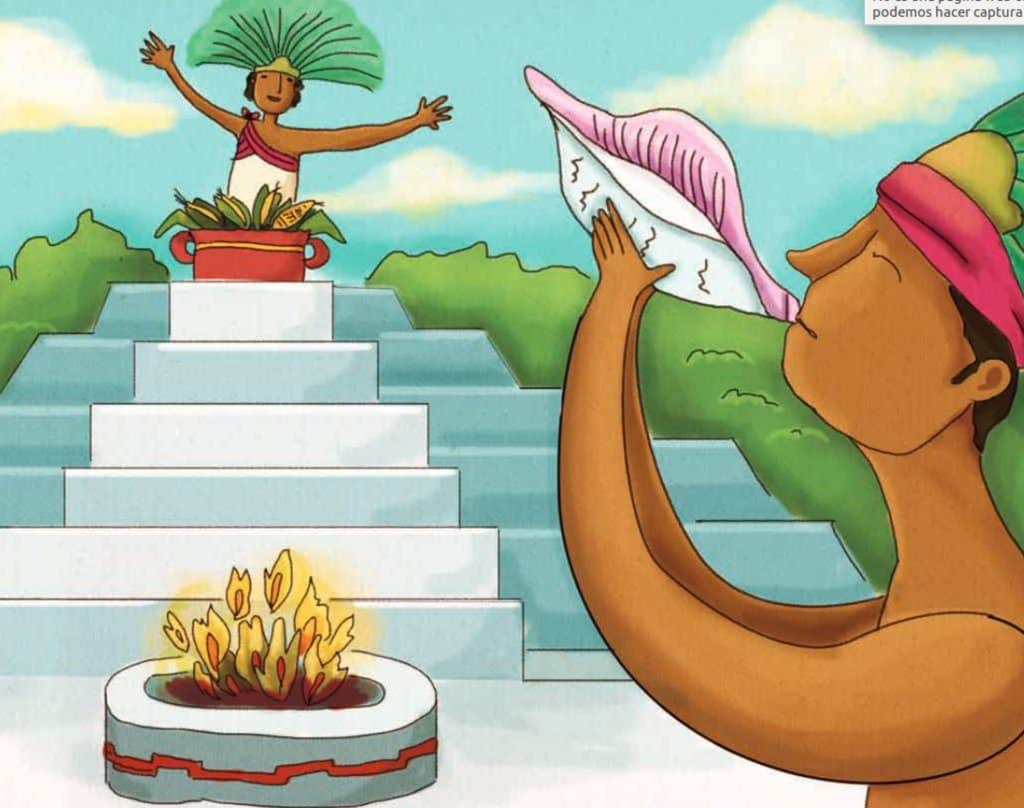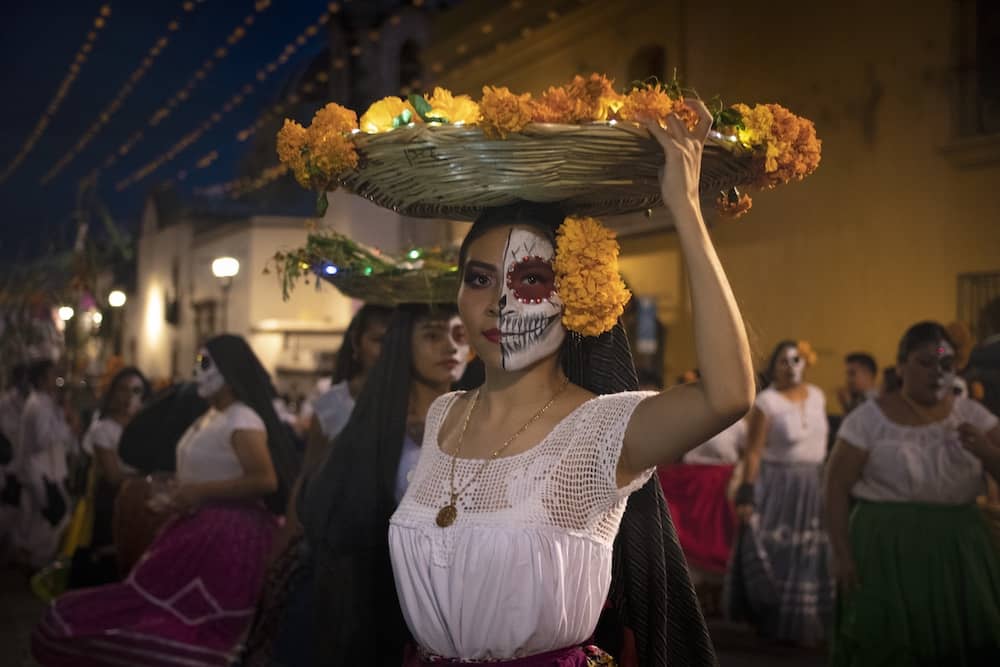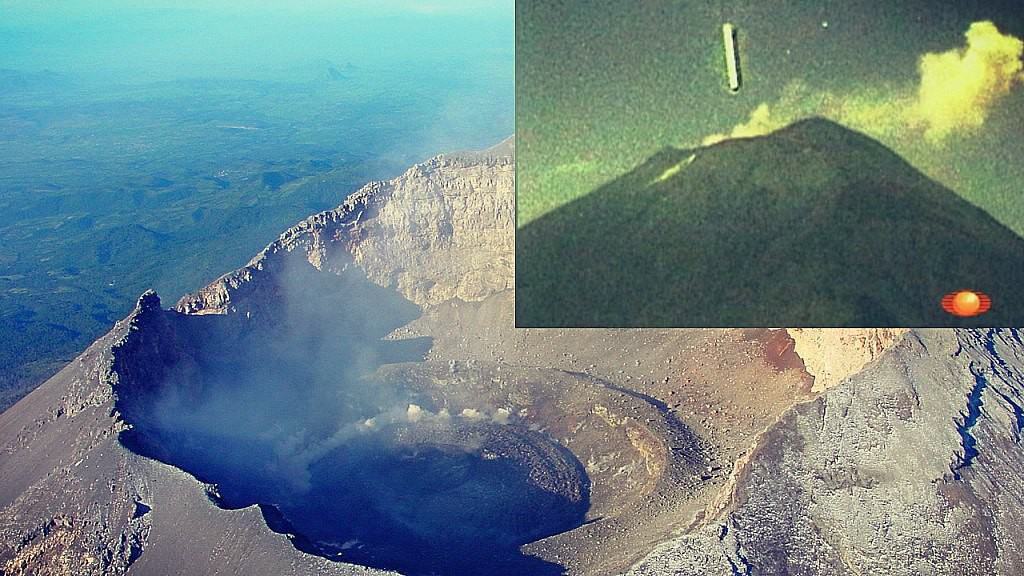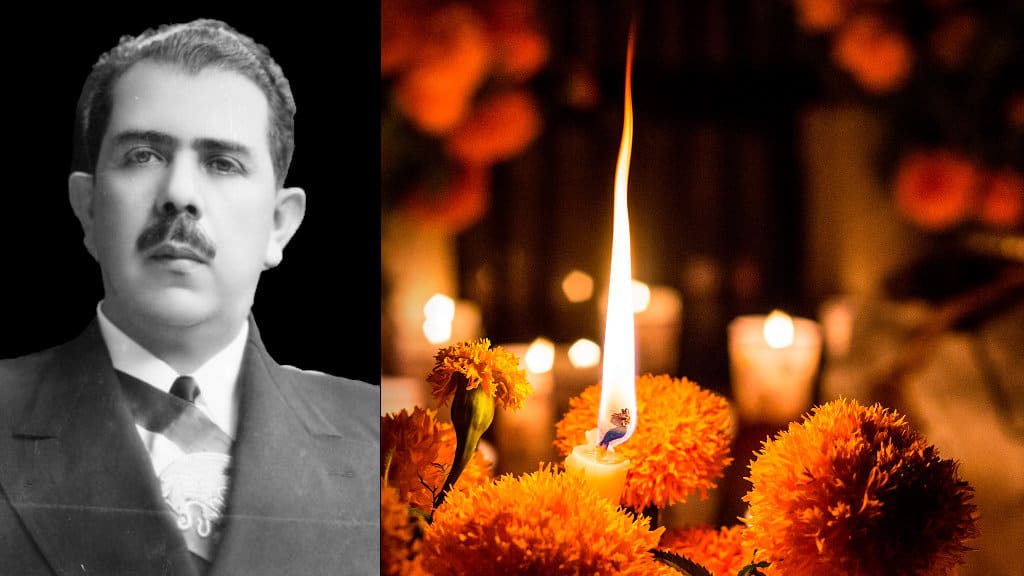The Etzalcualiztli Ritual, an event with roots in Mexico’s ancient history, is a testimony to the profound connection that early societies fostered with nature. Held from June 20 to July 9, this ceremony pays tribute to the rain deities, particularly Tlaloc, as a symbol of gratitude for the rain and the bounty it bestows.
Honoring Tlaloc and Chalchihuitlicue: The Intrigue and Significance of the Etzalcualiztli Ritual
Primarily, the rain deities, especially Tlaloc, the god of rain and terrestrial fertility, are revered during this ritual. It is commonly believed that Tlaloc imbues the earth with a fervent desire, serving as a potent symbol of plenty. Concurrently, his divine partner, Chalchihuitlicue, receives similar honors.
This ritual also marks the astronomical shifts that occur with the summer solstice when the radiant father Sun, Tonatiuh, reaches the Summer Aphelion, a celestial event that heightens the mysticism of the celebration.
Food assumes a pivotal role in the ritual, with the preparation of a unique dish called etzalli. This stew, based on corn and cooked beans—staples of the Mesoamerican diet—is made in every household. The etzalli serves as an expression of gratitude for the rains that nurture and prosper the crops.
Etzalcualiztli Ritual: The Time-Honored Ceremony of Gratitude and Prosperity in Mexican Culture
Beyond the culinary aspect, the Etzalcualiztli Ritual features a series of competitions and celebratory events. On Lake Texcoco, canoe races are staged, in which only the most competent men are chosen to exhibit their prowess and decorate their boats with vibrant hues. This parade on the lake morphs into a magnificent ceremony, bursting with color and exuberance, reminding all attendees of the vitality and life the rains invoke.
This thankfulness towards Tlaloc is expressed through religious rituals led by the Tlaloque, the priests responsible for cleansing and prepping the Calmecac, the holy temple. For four days preceding the feast, the Tlaloque fast and collect reeds, known as Aztapillin or Tolmimilli, which are subsequently used to create mats and benches.
These rituals are succeeded by the peak of the celebration: the preparation of the etzalli. In a communal act of gratitude, everyone partakes in this dish, made with the first corn and beans from the year’s harvest. The custom involves each household preparing this dish and sharing it in the fields, reinforcing the community’s ties with the earth and the rain deities.
The celebration concludes with a series of ceremonies in honor of Tlaloc. Offerings, composed of temazcallis, scented and vessels filled with water, precious stones and small snails, are presented. These offerings are then carried to the waterhole in Pantitlán, in a final act of devotion to Tlaloc, appealing for sustained rains and prosperous crops in the forthcoming years.
Paying Homage to Nature and Community: The Deep-Seated Roots of the Etzalcualiztli Ritual
Mexico’s history brims with traditions, rituals and celebrations and the Etzalcualiztli Ritual is a prime example. This ritual encapsulates how the ancient inhabitants of Mexico comprehended their role in the cosmos, their celebrations and rituals guided by astronomical movements and natural cycles.
The fact that this ritual venerates the rain deities and heralds the onset of the rainy season illustrates the integral role nature played in the everyday and spiritual lives of these people.
The deities Tlaloc and Chalchihuitlicue, representing rain and fertility, were essential for their survival and prosperity and thus held a distinguished place in their religious ceremonies.
Purification and cleansing rituals, such as ceremonial baths and fasting, signify a deep understanding of the importance of physical and spiritual purification. These rituals were carried out in anticipation of the rainy season, a period of renewal and rejuvenation.
The ritual also underscores the significance of community in Mexican culture. The canoe competition, the exchange of food and the collective celebration of the etzalli illustrate how these rituals served to consolidate the community and fortify social ties. While the specifics of these celebrations may differ among cultures, the value of community is a universal theme that reverberates across cultures.
In essence, the Etzalcualiztli Ritual extends beyond merely celebrating the rainy season. It is a testament to how the ancient Mexicans perceived their place in the world, honored their gods and celebrated life and nature.
Though our methods of celebrating and honoring nature may have evolved over time, the Etzalcualiztli Ritual serves as a reminder that nature remains a critical aspect of our existence.




